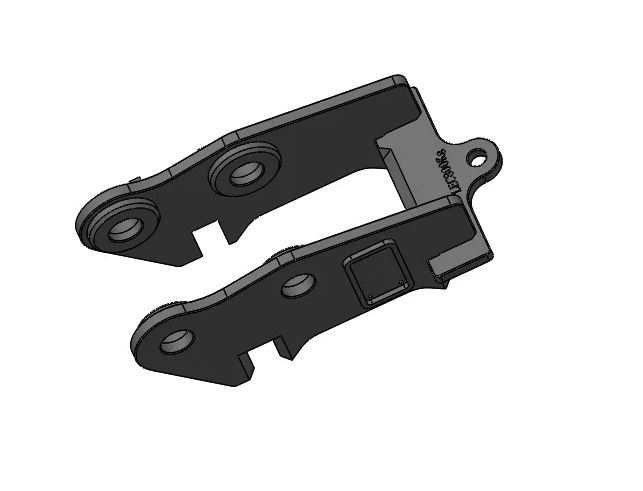When it comes to maintaining the pristine appearance of your vehicle, scratches can be a source of frustration for car owners. Whether it's a minor scuff from a shopping cart or a deeper scratch from an unfortunate encounter with a tree branch, these blemishes can detract from your car's aesthetic appeal. While there are numerous products on the market designed specifically for scratch removal, many car enthusiasts and DIYers have turned to an unexpected hero: WD-40. In this article, we will explore how WD-40 can effectively remove car scratches, the science behind its formulation, and practical tips for achieving the best results.
Understanding WD-40: More Than Just a Lubricant
WD-40, short for Water Displacement, 40th Formula, was originally developed in 1953 as a rust-prevention solvent and degreaser for the aerospace industry. Its unique formulation includes a blend of hydrocarbons, mineral oil, and other proprietary ingredients that provide a range of benefits beyond lubrication. Among these benefits is its ability to penetrate and lift dirt, grime, and even some surface scratches from various materials, including automotive paint.
How WD-40 Works on Car Scratches
- Surface Penetration: The first step in scratch removal is understanding how WD-40 penetrates the surface of the paint. Its low viscosity allows it to seep into the tiny crevices of the scratch, loosening any debris or contaminants that may be lodged within.
- Lubrication and Buffing: Once WD-40 has penetrated the scratch, it acts as a lubricant. This property is crucial when buffing out the scratch with a microfiber cloth or sponge. The lubrication reduces friction, allowing you to gently buff the area without causing further damage to the paint.
- Filling in the Gaps: While WD-40 is not a filler in the traditional sense, it can create a temporary optical illusion by reflecting light differently in the scratched area. This can make the scratch appear less noticeable, especially in the short term.
Step-by-Step Guide to Using WD-40 for Scratch Removal
If you're ready to give WD-40 a try for your car's scratches, follow these steps for optimal results:
Step 1: Gather Your Supplies
- WD-40 Multi-Use Product
- Microfiber cloth or sponge
- Clean water
- Car wash soap (optional)
- Wax or sealant (for finishing)
Step 2: Clean the Area
Before applying WD-40, ensure the scratched area is clean. Use car wash soap and water to remove dirt and grime. Dry the area thoroughly with a clean microfiber cloth.
Step 3: Apply WD-40
Shake the WD-40 canister well and spray a small amount directly onto the scratched area. Avoid oversaturating the surface; a light mist is sufficient.
Step 4: Buff the Scratch
Using a clean microfiber cloth or sponge, gently buff the scratched area in a circular motion. Apply light pressure and continue buffing until the scratch begins to fade. Be patient; this may take a few minutes.
Step 5: Wipe Away Residue
Once you’ve finished buffing, use a clean section of the microfiber cloth to wipe away any excess WD-40. This will leave the surface clean and shiny.
Step 6: Protect the Finish
To ensure long-lasting results, consider applying a coat of wax or sealant to the area. This will help protect the paint from future scratches and enhance the overall shine of your vehicle.
Important Considerations
While WD-40 can be effective for minor scratches, it is not a miracle solution for all types of paint damage. Here are some important considerations:
- Depth of the Scratch: WD-40 is best suited for superficial scratches. Deeper scratches that penetrate the clear coat or base coat may require professional repair or specialized products.
- Paint Type: Different vehicles have different paint finishes. Always test WD-40 on a small, inconspicuous area first to ensure compatibility with your car's paint.
- Frequency of Use: Regular use of WD-40 for scratch removal is not recommended, as it may lead to a buildup of residue over time. Use it sparingly and only when necessary.
Conclusion
In summary, WD-40 can be a handy tool in your car maintenance arsenal, particularly for addressing minor scratches. Its unique formulation allows it to penetrate, lubricate, and temporarily mask imperfections in your vehicle's paint. However, it is essential to approach this method with caution and to understand its limitations. For deeper scratches or significant paint damage, seeking professional assistance is always the best course of action. By following the steps outlined in this article, you can keep your car looking its best and enjoy the satisfaction of a job well done.


